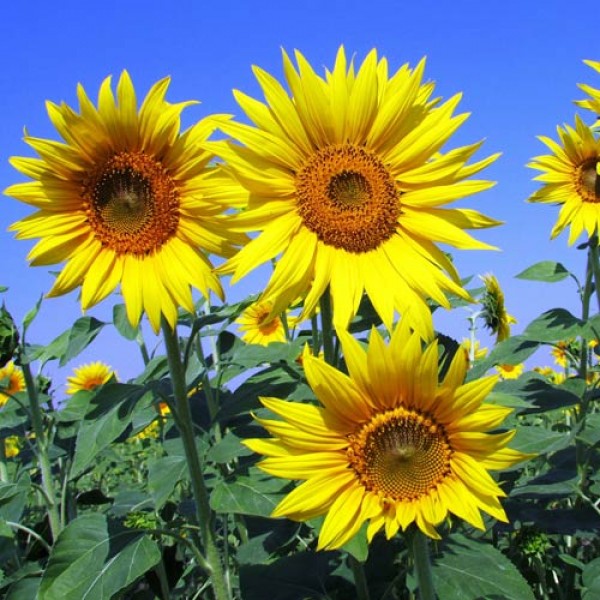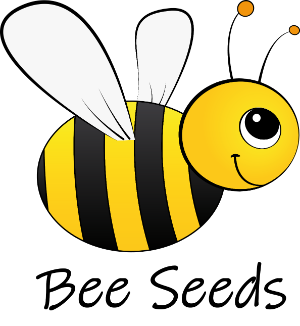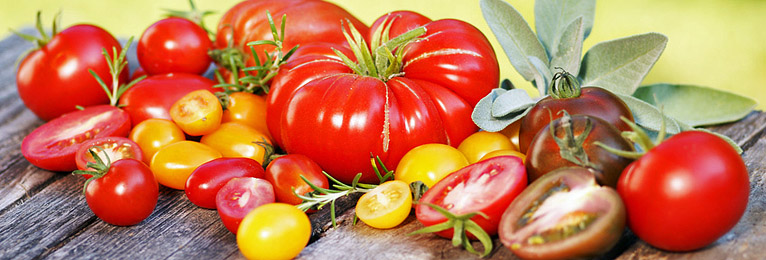
Gardening in August
August is harvest time. Tomatoes, zucchini, cucumbers, onions, potatoes, berries, plums, peaches, everything seems to be ripe at the same time.
Now is also the time to dry fragrant herbs such as rosemary, thyme, oregano in bouquets, or to fill them in bags and glasses. When filling into jars, make sure that the herbs are really dry, otherwise they will start to mould. Onions and garlic, whose leaves start to wilt, must be harvested and stored in a dry place. If you have too much cabbage or leafy vegetables, consider freezing or pickling them. If you have a real tomato glut, which can happen in August, preserve them as tomato sauce or soup in jars. These can be kept for many months and in the cold winter they bring summer to your plate and put a smile on your face.
If you still have some space left in the beds, August is the time to sow leafy vegetables for the winter. These include lamb`s lettuce, winter purslane, endive, winter spinach, Asian salad, but also kale, chard and Brussels sprouts. Loosen the soil beforehand and dig in new compost and make sure that you provide the seeds and seedlings with sufficient water.
Late summer is the time to plant a new strawberry bed. The now newly planted strawberries still have enough time to grow and develop before winter, so that they can produce a yield in June next year. If you already have strawberries, use small, vigorous offshoots that have formed, preferably from mother plants that have yielded a lot. Prepare the bed by loosening up the soil deeply and providing a good supply of compost. Choose a sunny and airy location that is easily accessible, as strawberry beds must be cleared of weeds all year round. Plant at a distance of 30 cm with a row spacing of 60 cm. Good mixed cultivation partners between the strawberry rows are onions, garlic and borage. A good mulch layer, mulch fleece or weed control mats keep the soil moist and free of weeds.
Existing strawberry beds are now also glad to receive fertiliser, either with liquid fertiliser or nettle liquid manure.
August is also a good month to turn over the compost, as now the soil organisms are very active in the warmth and can easily cope with a disturbance. To do this, move the undecomposed material aside and bring out the new compost soil underneath. This can be spread over the beds or stored in a covered place. The unrotten material can be put back into the compost container, well mixed with fresh kitchen waste, strawy layers and green waste. If you have too much coarse material, a compost accelerator or nettle liquid manure can also be used. This will stimulate decomposition. A composter should be placed in the shade and watered from time to time in very dry weather. If the material is in contact with the ground, the beneficial organisms will migrate in by themselves. The more compost you produce and spread on the beds, the less problems you will have with pests and diseases.
Gardening work in August:
- One final application of nettle liquid manure. Later, when the days get cooler, this is not advisable, as too much nitrogen will make the plants soft and vulnerable.
- Monitoring the berry bushes and fruit trees to see if there are bare or diseased areas that need to be removed.
- Currant bushes and raspberries can be thinned out a little. A fruit tree pruning in late summer heals better and leads to fewer "water shoots" than the usual winter pruning.
- Loosen the beds deep between the standing vegetables.
- Flowers and perennials that have already formed seeds should now be pruned thoroughly.
- Perennials that grow too densely are thinned out, this also prevents fungal diseases.
- Free beds that are not newly sown are happy about the sowing of green manure. Phacelia can still flower in autumn, alfalfa and red clover even remain green over the winter.








